You’ve probably heard that the NFL now has a “55-man roster” for the 2020 season as part of the new collective bargaining agreement. But this isn’t as simple as it sounds, and today I thought I’d debunk some of the myths and misconceptions of this change so you understand what’s about to go down this week as the Dallas Cowboys and all other teams make their roster cuts.
Yes, there can be up to 55 players on the roster for every regular and postseason game. However, just as it’s been for a long time, only 53 of those players will be on a team’s official roster.
The other two players are coming from the practice squad.
The CBA now allows for a team to add 1-2 players from the practice squad to the active gameday roster and then have them revert back to the practice squad without going through waivers. This is big for a situation where there’s a short-term injury issue, especially at a position like QB or RB where you might typically go short.
When you call up a player or two from the practice squad, the number of players you can dress for that game goes up accordingly (47-48 instead of the usual 46).
But of course, even this isn’t all that simple. A practice squad player can only be called up twice in the year and be exempt from the waiver system. If you call him up a third time, he now will be subject to waivers like normal.
Another new rule, which came just a little over a month ago as the league adjusted to the unique challenges of COVID-19, was that teams can now protect up to four of their 16 practice squad players (another COVID-related change) each week from being poached.
This will allow a team like Dallas to secure someone like an emergency 3rd QB or RB without having to put them on the 53; a huge shift that could lead to some unusual choices at final cuts.
But even with that new rules is a degree of danger. There will still be a window in the early part of the week where any player can be poached, so you can’t just stash talent on the practice squad without some risk.
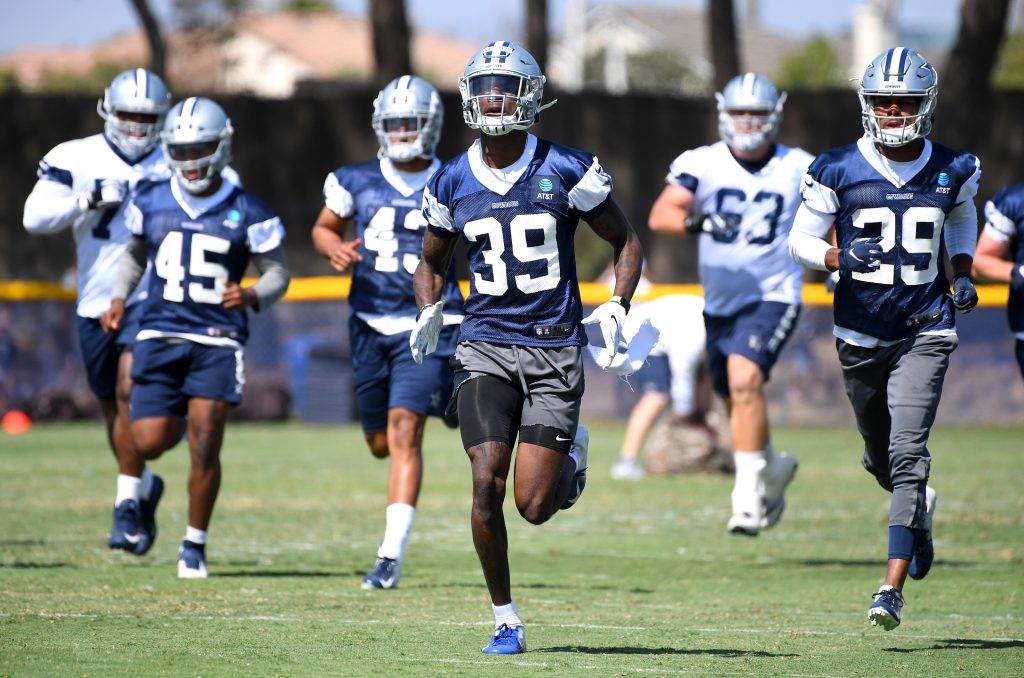
Clearly, the number 53 is still vitally important. It stills reflects your true roster of protected players who can’t be poached and will always be available to you.
That’s why roster projections, like the one I did on Friday, don’t really look that different than they always have. While the 55-man rule will come into play this season in certain scenarios, teams are still going to build their rosters with mostly the same thoughts and strategies that they always have.
For a guy like QB Ben DiNucci, the decision of whether or not he makes the roster still depends on how much Dallas wants to risk losing him off the practice squad. The 55-man rule doesn’t change anything there, and the ability to protect those four practice squad guys every week only goes so far.
Remember, releasing a player at final cuts also makes him subject to waivers. He may never get to your practice squad. Also, cutting a drafted rookie kills his standard four-year contract. So not only do you open up the risk of losing him to another team, but you lose some of the luxury and leverage from his rookie deal.
On the other hand, these rules could change things for undrafted running backs Darius Anderson, Rico Dowdle, and Sewo Olonilua. It creates flexibility that may prompt Dallas to just put a couple of them on the practice squad and not feel as much pressure to keep one on the official roster.
Everyone, even NFL teams, will likely still learn some of the nuances of this change as the season goes and we get some real examples of it being used. But the biggest thing to understand is that the 55-man rule isn’t just a basic two-player expansion of team sizes. Teams still have their base 53-man rosters and the rest gets a lot more complicated.
We’ll soon see just how much the Dallas Cowboys make use of this new provision and utilize their practice squad players in 2020.




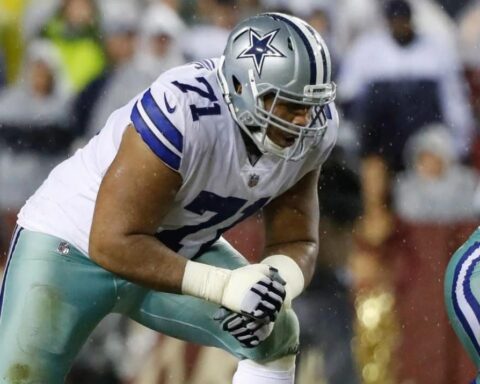


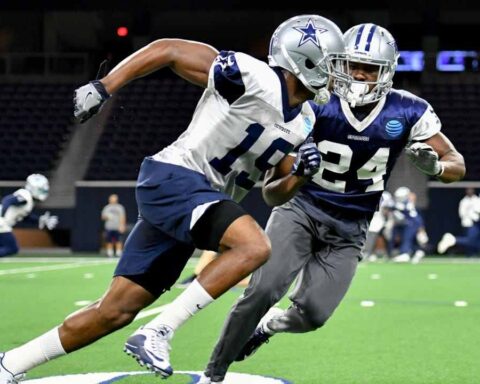
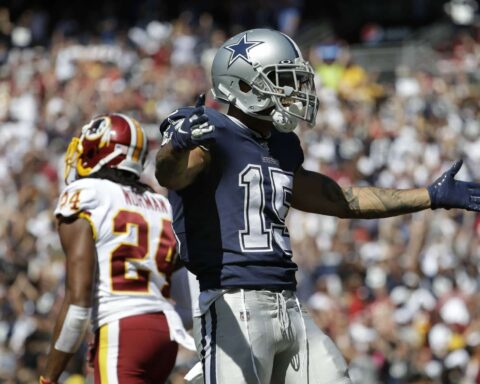
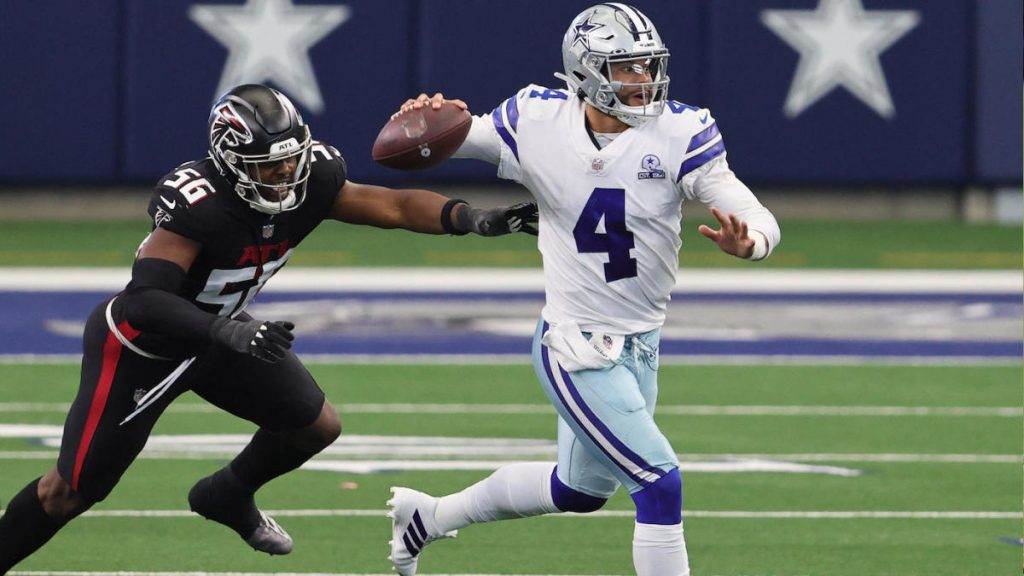
Jess, is there any restrictions on how many times can either (a) be poached from, or (b) how many times a team can perform a poaching?
None at all. Practice squad guys are essentially unrestricted free agents.
What you failed to mention in your article is the fact that teams can protect 4 players on the PS from being poached by other team’s. This is extremely important for a player like DiNucci. There are also new rules for the criteria for PS eligibility allowing teams to put players with 3+ years on the PS roster and protect them. Good info on how the 55 man roster works, but hardly the full picture.
Thank you calling that out, Ben. I had missed that new rule in my research. Was looking at the changes from CBA and didn’t know that there were additional alterations from COVID-19 policy. Revising that portion now.